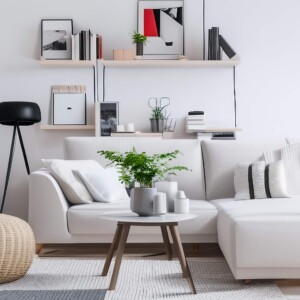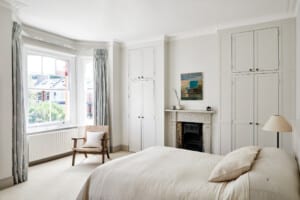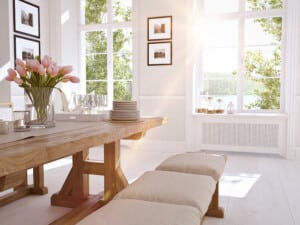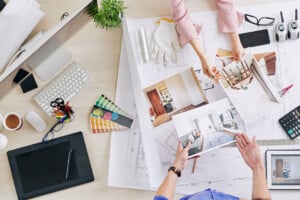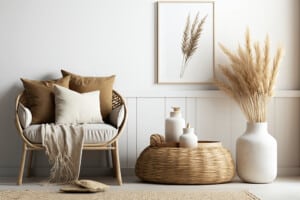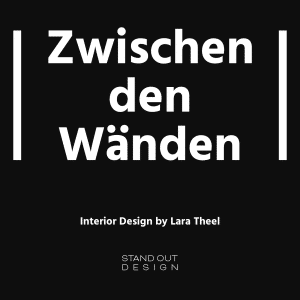Are you seeking support in designing your personal dream home? A “residential interior designer” can do far more than just offer decoration suggestions. They provide tailor-made living concepts that combine functionality and aesthetics, meeting your individual requirements. Below, you will learn how a residential interior designer can transform your home and what aspects to consider during planning and budgeting.
Key Highlights at a Glance
Interior designers not only enhance the aesthetics of spaces but also create a healthier environment by planning detailed space design and functional room flow beyond the selection of colors and furniture.
Online interior design consultations offer location-independent planning and cost-efficiency; however, the lack of personal interaction and specific customization can present disadvantages compared to traditional interior design consultation.
Sustainability aspects are also gaining importance in interior design, with ecological materials and energy-efficient lighting concepts playing central roles in reducing the carbon footprint.
Interior Design for Private Spaces
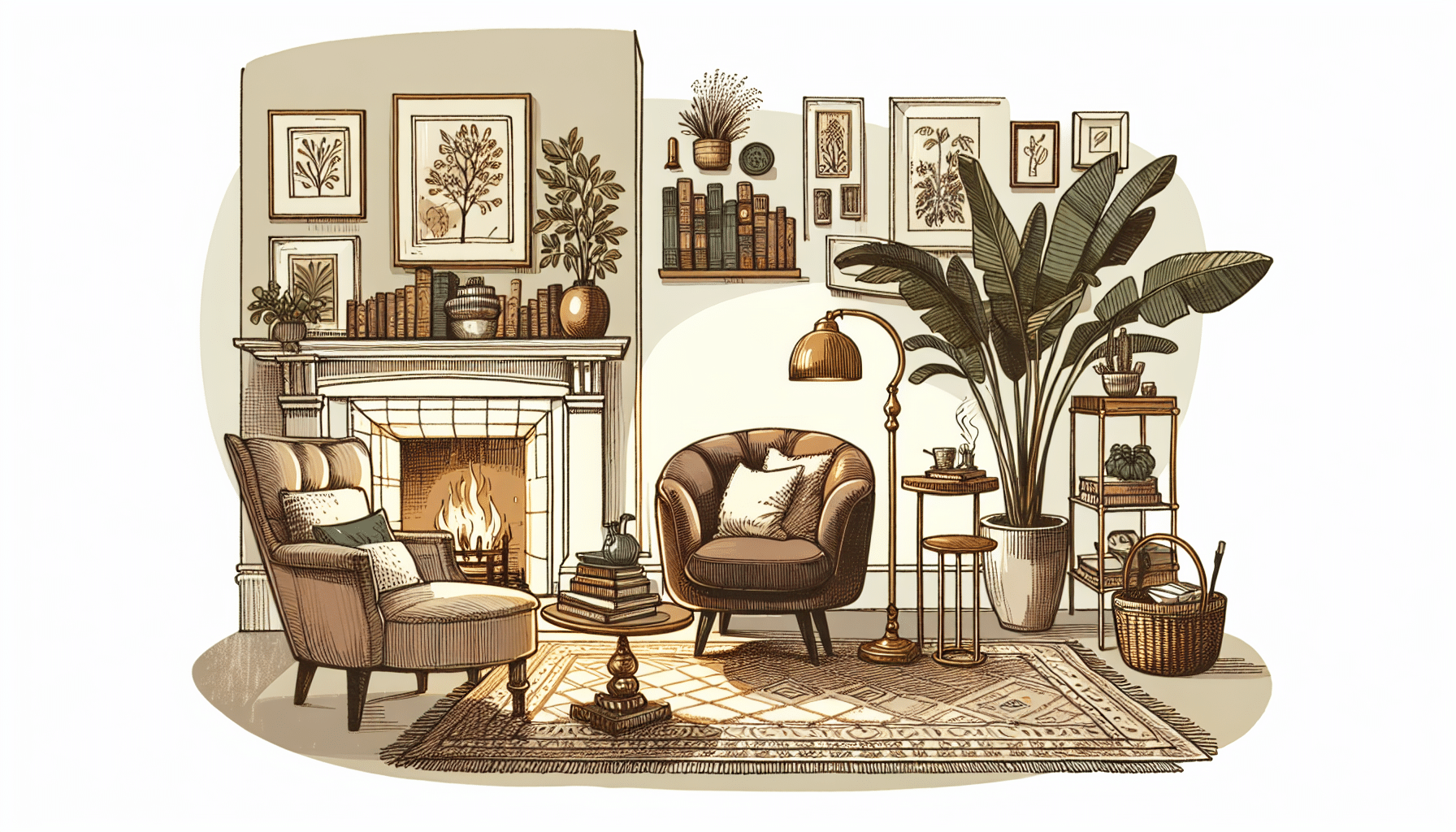
Interior design is an art and science that aims to improve the interior of a space or building to create a healthier and more aesthetically pleasing environment for the people who use the space. Interior designers are the artists who guide this process. They work in specialized offices and are qualified for the complete renovation of existing properties as well as individual rooms in houses or apartments. Their work extends far beyond color selection and furniture placement. They are responsible for:
the planning and design of the entire interiors
the layout design
the room structure
the placement of windows and doors
Interior designers use a variety of visual aids to convey design concepts and ensure that all stakeholders have the same expectations. These include:
Mood boards
Sketches
2D and 3D floor plans
Diagrams
In this way, they can ensure that the final room design precisely matches the clients’ ideas and needs.
Living Room Design
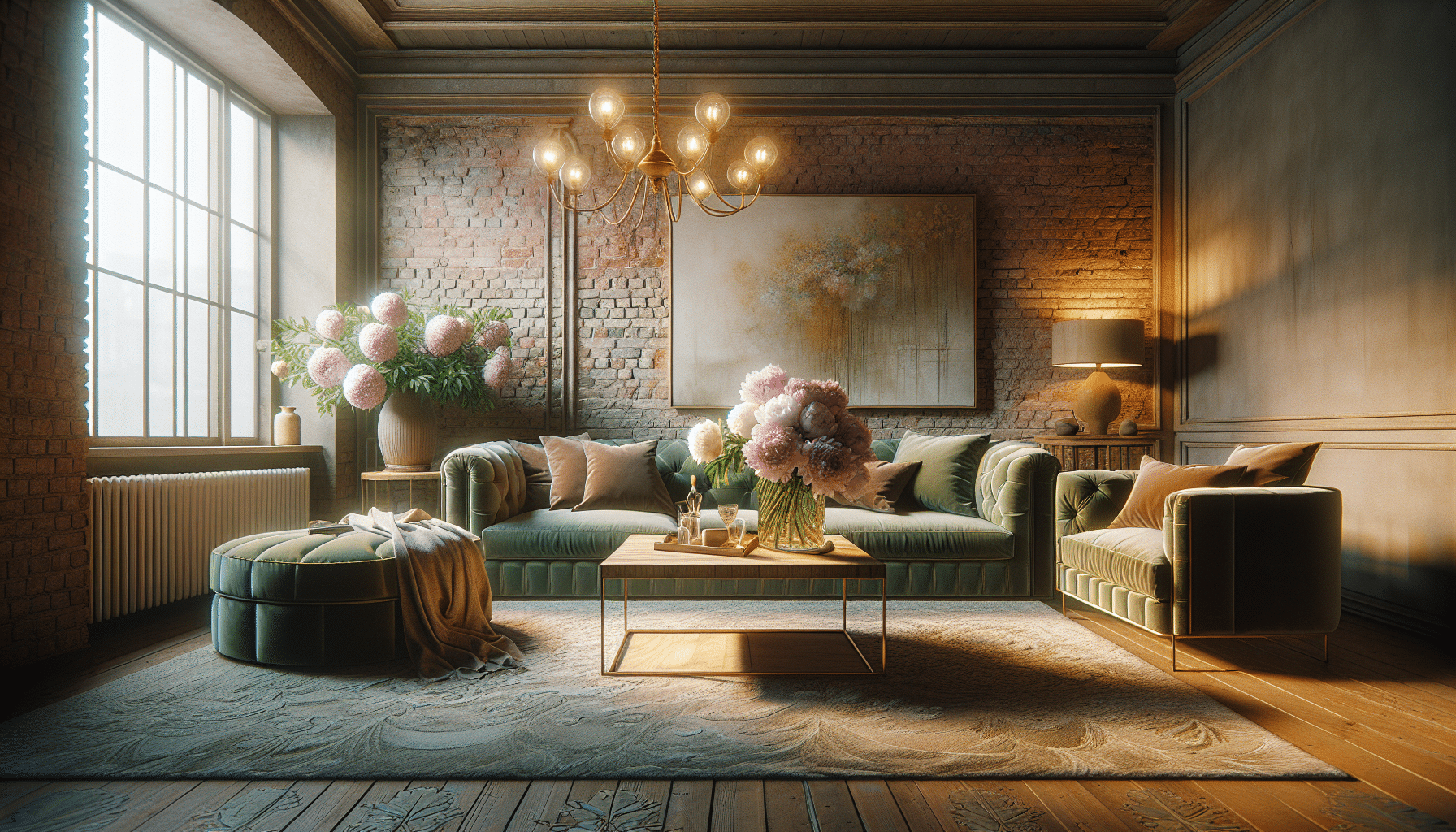
The living room traditionally serves as a central meeting point for the family and for various activities. Therefore, the design of this space is of utmost importance. Personal design preferences and specific room conditions play a crucial role in living room design.
A well-thought-out furniture arrangement can help to optimally utilize the room size and define different areas within the space without compromising its harmony. Furthermore, a color scheme based on two to three main colors can foster visual connections within the room and contribute to coziness.
Bedroom Design
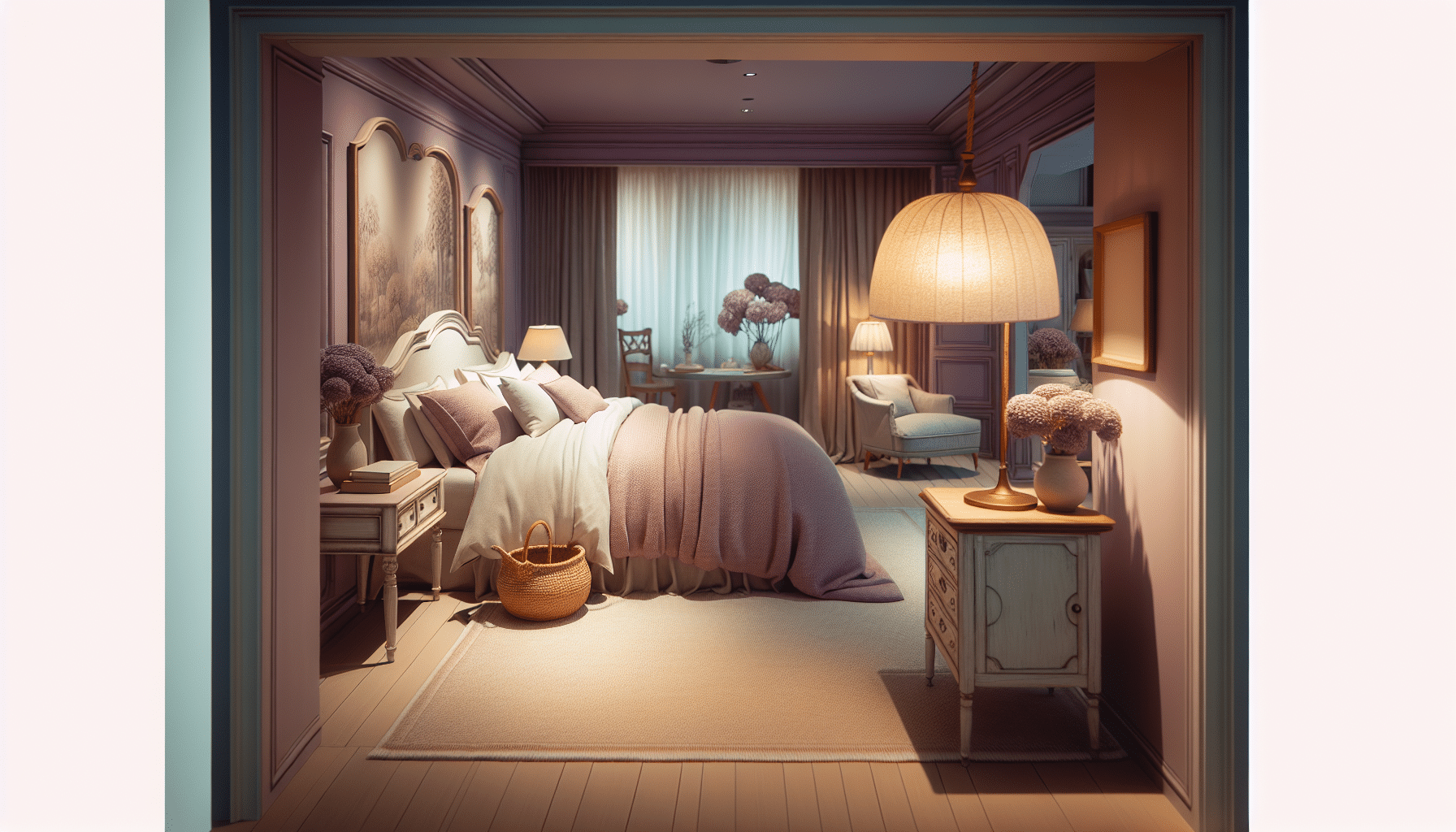
The bedroom is more than just a place to sleep. It is a personal sanctuary where we relax and gather energy for the coming day. Therefore, it is important that the design of this room reflects both our individual style and our sleeping habits.
A well-thought-out bedroom design considers a range of factors. These include:
the selection of a suitable bed and sufficient storage space
the improvement of sleep quality through a healthy indoor climate, e.g., by choosing breathable materials
the design of lighting that is both functional and promotes a relaxed atmosphere.
Furthermore, the furniture arrangement is coordinated with the room size to create a harmonious and open space, and colors and materials are carefully selected to achieve a calming and cozy atmosphere.
Kitchen and Dining Area
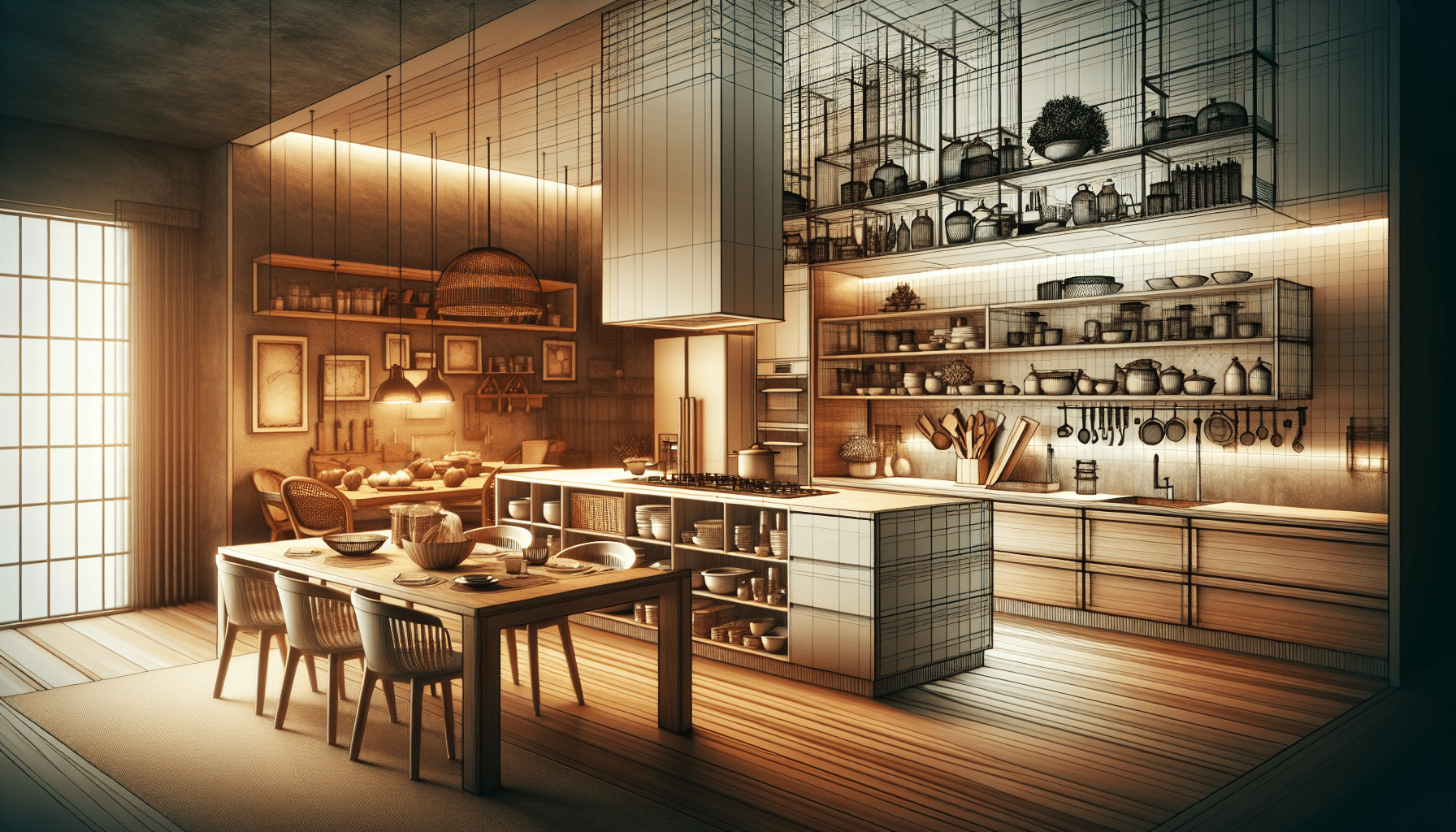
The kitchen and dining area are places where we not only eat but also spend time with our family and friends. Therefore, they should not only be functional but also inviting and comfortable to improve our quality of life.
Effective space planning is crucial for optimal utilization of the available space in the kitchen and dining area. Tailor-made solutions, adapted to the individual needs of the residents, increase the functionality of these spaces and facilitate tidying.
The selection of a coherent color scheme and style significantly contributes to the visual appeal and atmosphere of the room, while decorative elements and lighting concepts not only enhance the design but also contribute to creating an inviting ambiance.
Online Interior Design Consultations: a Flexible Alternative
In our increasingly digital world, online interior design consultations are a growingly popular alternative to traditional interior design advice. They offer location-independent planning at a fixed price, including 2D floor plan and 360° room planning, as well as material, product, and furniture recommendations. This makes them a flexible and cost-effective way to access professional interior design services.
Despite their advantages, online interior design consultations are not suitable for everyone. Some people value personal contact and the opportunity to see and feel materials and products in the real world. Furthermore, due to their nature, online consultations can never be as individual as in-person consultations. Therefore, it is important to carefully weigh the pros and cons before opting for an online interior design consultation.
Advantages of Online Consultation
One of the greatest advantages of online interior design consultation is cost-efficiency. Some furniture retailers even offer free online interior design consultations, which are linked to furniture suggestions from their own product range. Furthermore, using online interior design consultations allows clients to access all consultation services comfortably from home, saving time and effort for on-site appointments.
Another advantage of online consultation is its flexibility. They offer a wide range of services, from designing complete rooms to selecting individual furnishings. Furthermore, various communication methods enable efficient and tailored coordination during online consultation.
Disadvantages of Online Consultation
Despite their many advantages, online interior design consultations also have some disadvantages. One of the main disadvantages is the lack of personal interaction. Although communication occurs digitally, important human communication channels can be lost, which can make the design process less personal.
Another disadvantage is the potential dependence on furniture retailers. Since many furniture stores have contracts with specific manufacturers, they may tend to suggest products that serve their own commercial interests rather than addressing the individual needs of clients.
Furthermore, the online tools used in the design process can limit interaction possibilities and affect spontaneity in the design process.
Choosing the Right Online Interior Designer
Choosing the right online interior designer is an important step in any interior design project. It is important to look for independence, as only independent interior designers can offer neutral advice.
A personal meeting can also make a big difference. Intensive discussions and analytical interviews can help achieve a truly personal concept and design outcome that is aligned with the common goal. It is also important to discuss the results privately and not simply send a final result that one then has to review and implement oneself. A test can help verify the quality of the results.
Finally, an online consultation may be cheaper, but the true value of an individually developed interior design is not solely determined by price.
Budget Planning and Cost Estimates
When planning an interior design project, it is important to have a clear budget in mind. Effective collaboration between clients and interior designers is based on:
setting achievable goals
open communication about desired outcomes
budget constraints
timelines.
Every interior design project proceeds in different phases, and depending on the compiled service packages within the project, the costs for each project phase vary. Therefore, two design projects with the same living area may incur different costs.
Fee Structures
The fees of architects and interior designers differ in some aspects. While the fees of architects and engineers are based on HOAI fee schedules, which are calculated according to the eligible construction costs and the fee zone defining the complexity of the specific project’s planning, interior designers are not bound by this fee regulation.
This means that interior designers can set their fees individually, based on factors such as experience, expertise, and the scope and complexity of the project. This gives clients more flexibility in budget planning but can also lead to uncertainties regarding costs.
Cost Estimation and Control
Accurate cost estimation and control are crucial for the success of an interior design project. It is important to set realistic expectations and consider both the costs for materials and labor as well as unforeseen expenses.
Prioritizing tasks based on their impact and urgency is also crucial. The focus should be on critical tasks, while less important tasks can be delegated. To prevent burnout and overwork, creating a schedule that includes realistic goals and milestones is essential.
The use of tools such as Gantt charts or project management apps can help divide projects into smaller, manageable tasks, set deadlines, and track progress.
Sustainable Interior Design: Environmentally Friendly Materials and Solutions
In an era where environmental awareness and sustainability are becoming increasingly important, it is essential that interior design also makes its contribution. Sustainability has become a central trend in the design industry, with many companies striving to integrate sustainable principles into their products to reduce the carbon footprint.
The use of materials in interior design that are both aesthetic and sustainable is gaining increasing importance for environmentally friendly designs. An important aspect of sustainability in interior design is social responsibility, which ensures that the well-being and fair remuneration of all involved in the production chain are considered.
Ecological Materials
Sustainable materials play a crucial role in sustainable interior design. They encompass a variety of products that originate from renewable or recycled sources and have a minimal impact on the environment.
Wood-based materials like Neolign, made from wood fibers, and certified wood from responsible forestry are preferable to tropical hardwoods. Also, bioplastics made from food waste and fully biodegradable, and products made from recycled plastic symbolize the pursuit of sustainable solutions in the design process.
The use of natural wool felts as a sustainable and increasingly popular material in interior design contributes to sustainability, as it is biodegradable and recyclable.
Energy-Efficient Lighting and Appliances
The choice of energy-efficient lighting and appliances is another way to promote sustainability in interior design. LEDs contribute to environmental protection by being free of lead and mercury, thus representing a sustainable choice for lighting.
Energy-efficient LED lighting systems are increasingly used in emergency lighting, as they offer improved efficiency, color consistency, and reduced costs. The ability to control the beam of LED lamps allows for reduced power consumption, which is advantageous for systems relying on emergency power batteries or emergency generators.
Modern battery and energy storage systems for emergency lighting have improved with a trend towards lithium-ion technology for compact and more powerful solutions.
Collaboration with your Interior Designer: Communication and Expectations
Collaborating with an interior designer can be a rewarding experience that transforms your home into a space that meets your needs, style, and lifestyle. At STAND OUT DESIGN, we listen carefully to clients’ ideas and concerns and find creative ways to integrate them into their plans to create the perfect design for their home.
Our general experience collaborating with the STAND OUT DESIGN team is characterized by flexibility, attentiveness, and creativity. Locally, we primarily support our clients between Regensburg, Nuremberg, Ingolstadt, Munich, Landshut, Donauwörth, and Augsburg. We generally maintain a rather friendly relationship with our clients and work closely with them to achieve excellent results.
Open Communication
Effective collaboration in interior design requires clear communication. Open communication is essential for interior design projects to avoid misunderstandings and ensure that clients’ visions are clearly conveyed to the designers.
Active and empathetic listening is an essential component of communication, enabling interior designers to build trust, avoid assumptions, and foster better collaborative relationships. Throughout the collaborative process, adjustments and compromises may be necessary, requiring openness and flexibility for feedback and new ideas.
The different communication styles and design preferences of team members should be respected, which can lead to a more positive and productive outcome.
Realistic Expectations
Setting realistic expectations is another important aspect of collaborating with an interior designer. It is important to clearly communicate your own wishes to ensure that the interior designer can incorporate them into the design.
Coordination rounds and regular feedback between client and interior designer allow for continuous adjustment of expectations. Realistic timelines are crucial for the quality-compliant implementation of interior design projects and prevent unnecessary pressure. The project budget is an important framework for expectations and should be precisely planned and controlled in collaboration with the interior designer.
Summary
In summary, interior design plays an important role in improving our quality of life by creating aesthetically pleasing and functional spaces that meet our individual needs and preferences. Although collaborating with an interior designer requires an investment, it can offer significant benefits by adding personality and style to your home. Whether you are considering traditional interior design consultation or an online interior design consultation, it is important to communicate openly, set realistic expectations, and have a clear budget in mind. Remember that your home is a reflection of you and that it serves to improve your life, not complicate it.

